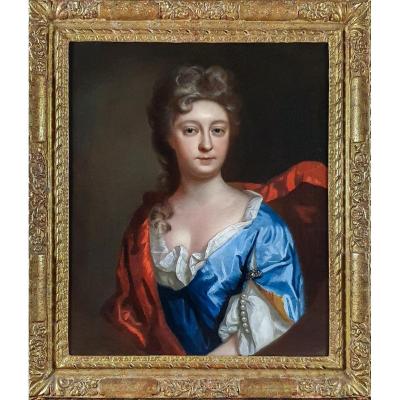A label on the reverse states that it was the property of Sir H.M. Vavasour, Baronet (either Sir Henry Maghull Mervin Vavasour, 2nd Baronet (1768–1838), or his son Sir Henry Mervin Vavasour, 3rd Baronet (1814–1912). There have been five baronetcies created for persons with the surname Vavasour, three in the Baronetage of England and two in the Baronetage of the United Kingdom. Sir H.M. Vavasour is a member of the Vavasour baronets, of Spaldington. This title was created for Sir Henry Vavasour, 1st Baronet (d.1813) in 1801.
The sitter is elegantly dressed in a blue silk dress over a white frilled chemise and a striking crimson flowing mantle. This is the work of one of the most successful and talented artists during the period, Thomas Murray (1663-1734). It is not surprising that Murray painted the portraits of King William III, Queen Mary, and Queen Ann as well as a number of other high-ranking people as his finesse and virtuoso treatment is abundant. The influence of Sir Godfrey Kneller is evident and even expected considering the importance of Kneller, and even though the formula employed for head and shoulders portraits of woman during the period is similar, Murray’s work is distinguishable by a refined and elegant manner, a smooth overall feel, and often, distinctive eyes. Murray is known to have employed not only the same pattern as our portrait but the three distinctive colours (blue, white, red) a number of times.
Thomas Murray was born in Scotland but moved to London to study with a member of the De Critz family. Later he was a pupil of the English portraitist John Riley (1646-1691), who was court painter to King William III and Queen Mary, and was practising as a painter on his own in the 1680s. In 1691 he took over Riley’s studio when that artist died in 1691 and he established a very successful practice.
The Rev, James Dalloway accounted that Murray “was remarkable for his personal beauty and for the elegance of his manner” and he was also noted to have been hard working, courteous and popular with his customers. His portraiture retains an individual style and easily recognised but his earlier work is similar to John Closterman, who was a fellow pupil, and many consider this period to be his finest.
Murray invested wisely in property and when he died in 1735, he left around £40,000. He had no children and he bequeathed his money to a nephew with instructions that his monument, with a bust, should be erected in Westminster Abbey, provided that it did not cost too much. His nephew decided that it was “too expensive” and retained the money. He is buried in St. Paul's, Covent Garden.
His work is represented in many British country houses and private collections, the National Portrait Gallery London, Royal Society and Middle Temple in London, and in the Uffizi Gallery in Florence.
A fine example of 17th century British portraiture. Held in a fine carved antique frame.
Provenance: Inscribed on reverse “The property of H.M. Vavasour – Family portrait” (either Major Sir Henry Maghull Mervin Vavasour, 2nd Baronet (1768–1838) or his son Sir Henry Mervin Vavasour, 3rd Baronet (1814–1912))
Measurements: Height 95cm, Width 82cm framed (Height 37.5”, Width 32.5” framed




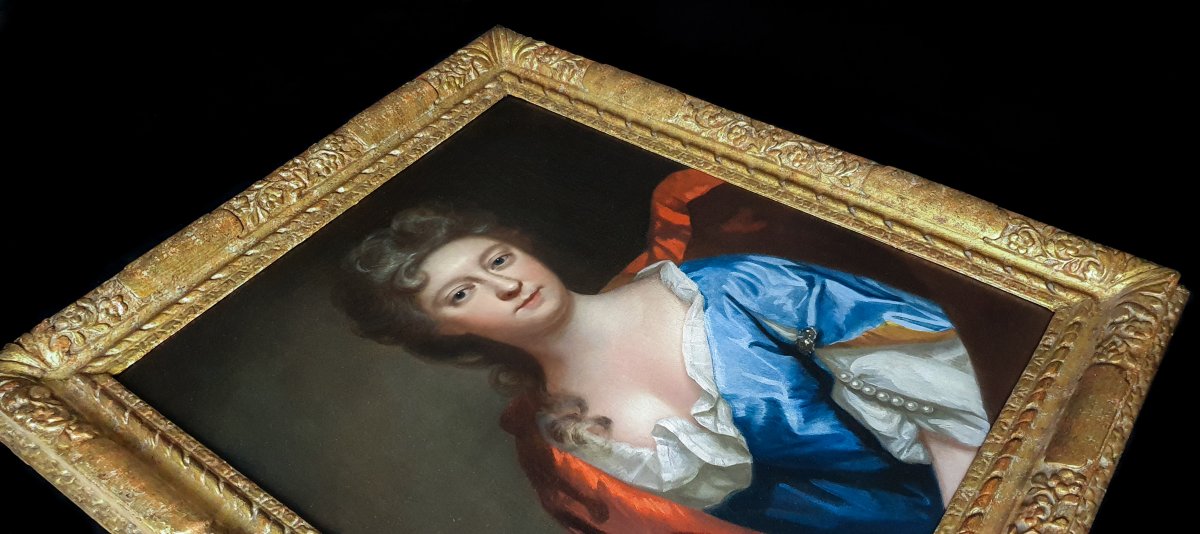

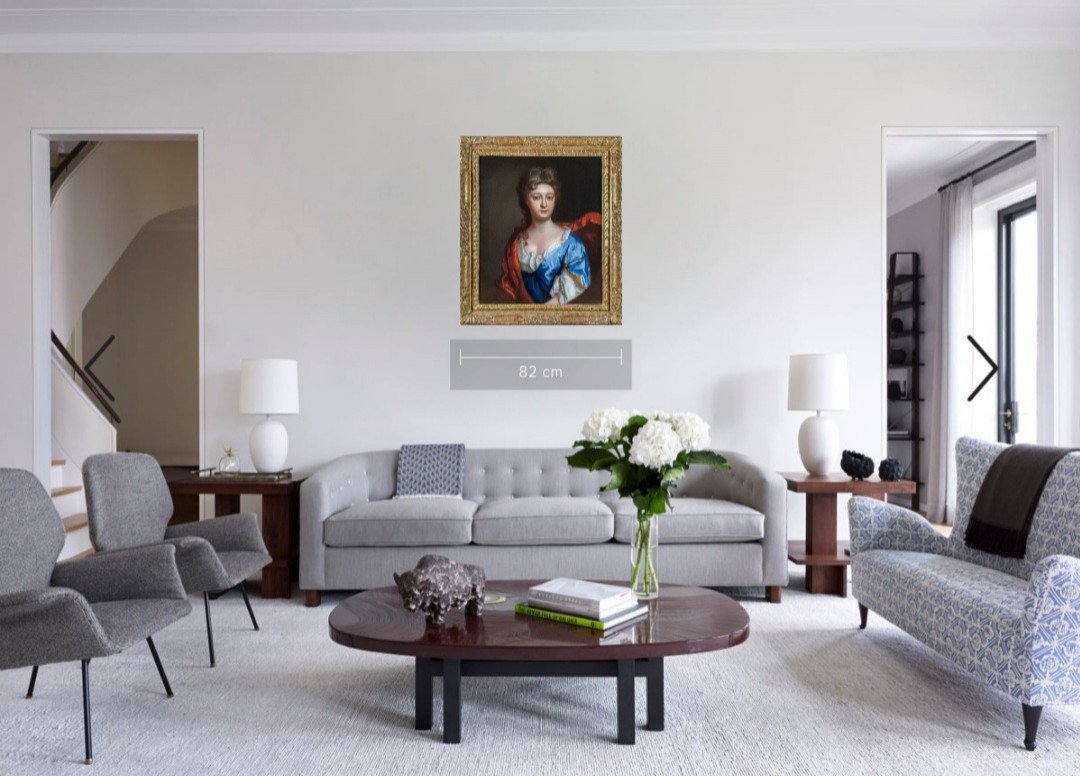

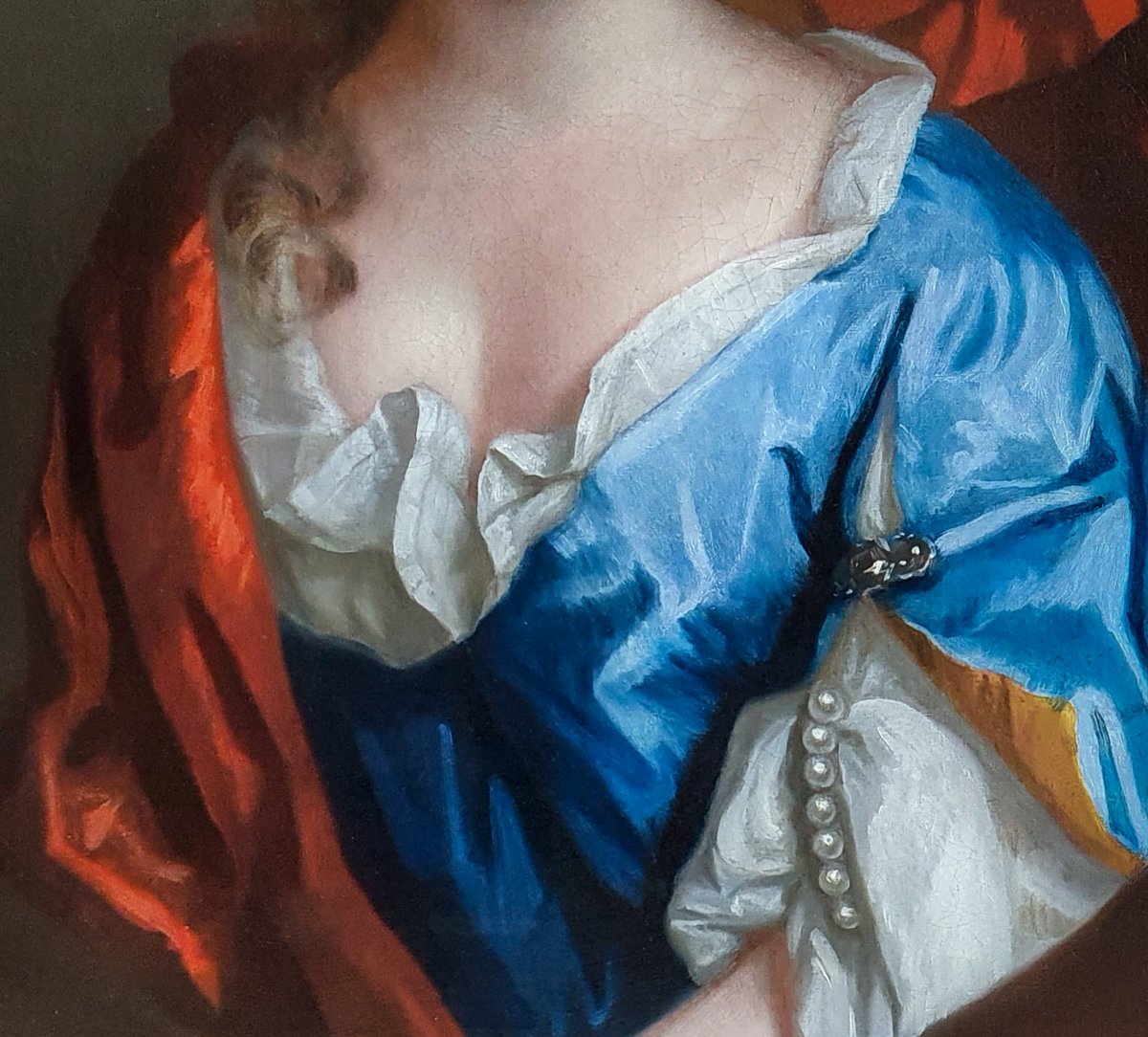

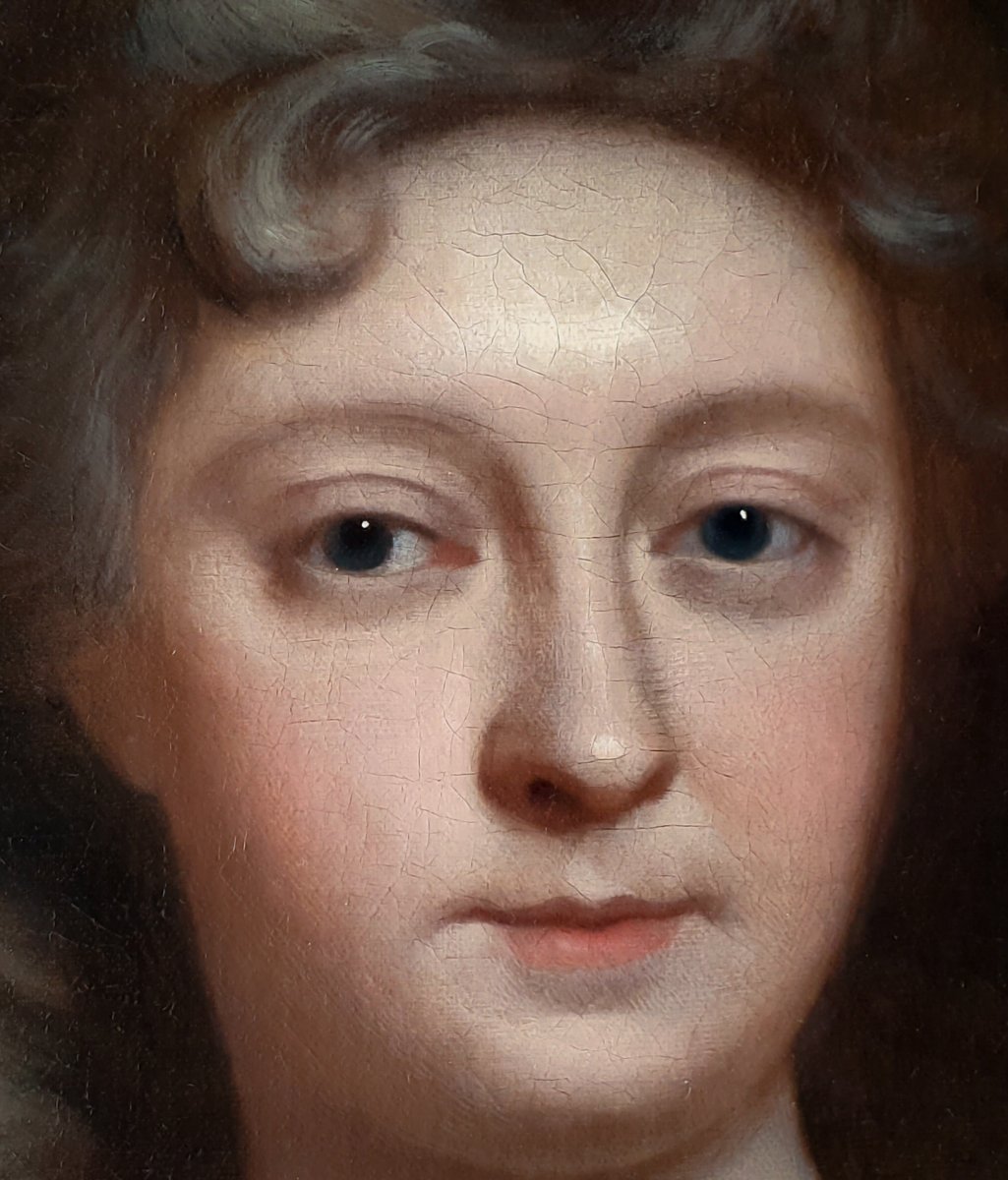
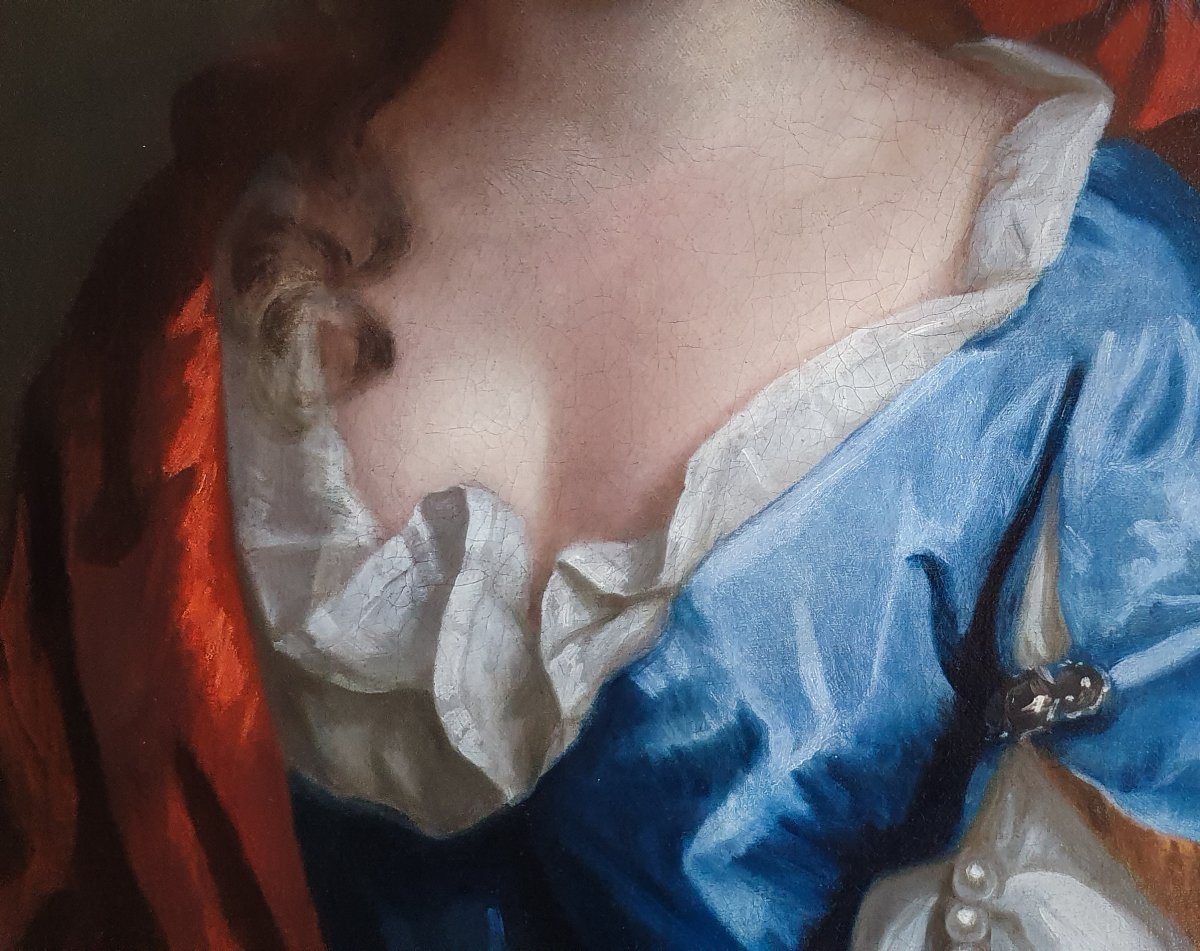
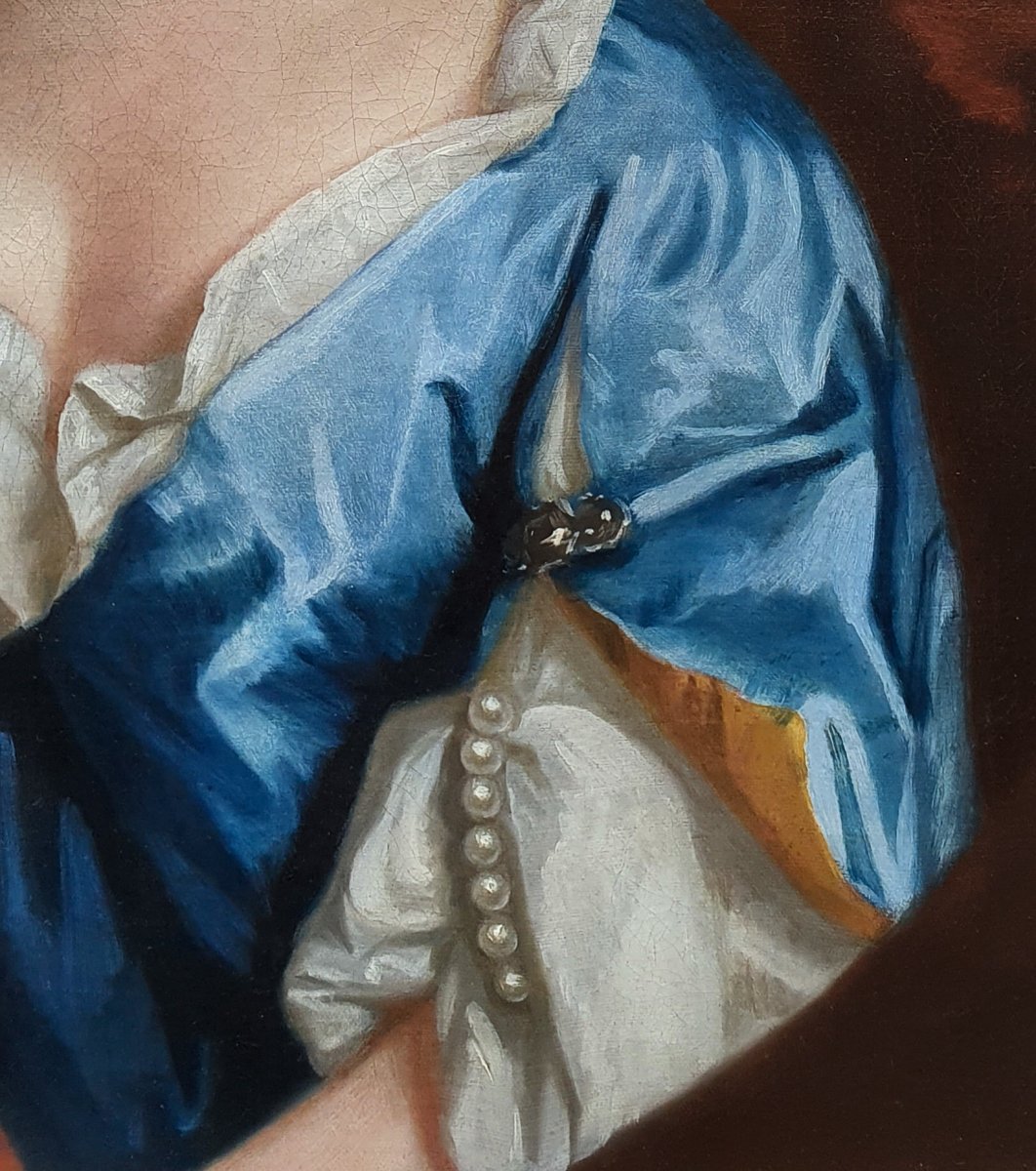











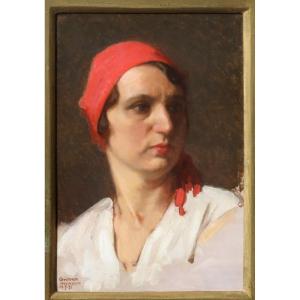



 Le Magazine de PROANTIC
Le Magazine de PROANTIC TRÉSORS Magazine
TRÉSORS Magazine Rivista Artiquariato
Rivista Artiquariato
